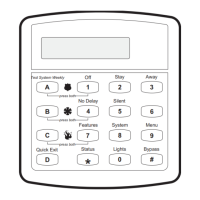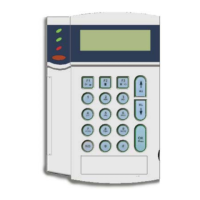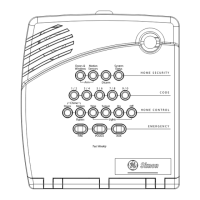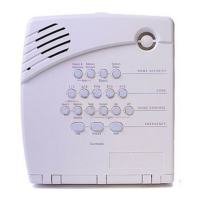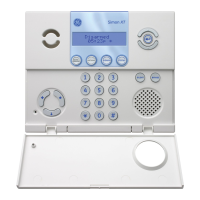Why aren't my lights turning on automatically with my GE Security System?
- TTyler DunnSep 13, 2025
If the lights connected to your GE Security System don’t come on automatically as programmed, verify the following: * Does the lamp have a working bulb? * Is the lamp plugged in at a working outlet that is not controlled by a light switch? * Is the lamp plugged in to a lamp module? * Make sure that you’ve attached the correct time schedule as described in “Advanced Light Control.” * Check to see that you’ve set up the time schedule correctly as described in “Creating Time Schedules.” * Check the User Sheets in Appendix A to see in which partition the light is set up to be active.
